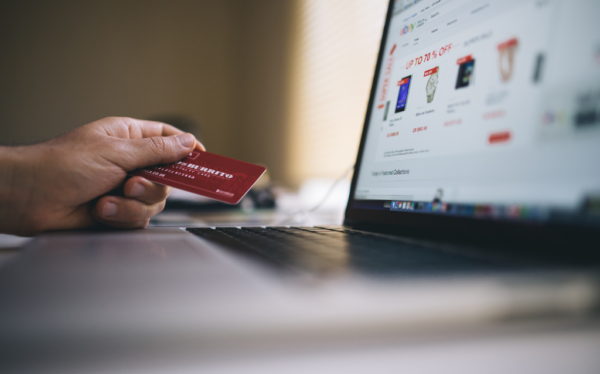
Winning Tests & What The Learnings Can Teach Your Brand
These are winning tests from a CRO agency with over a decade of experience. Learnings and actionable takeaways included for your brand.
After over a decade in ecommerce optimization, we have a huge library of winning tests.
And even though what works for one brand doesn’t always work for another, there is always something you can learn.
So today, we’re looking at some of our winning tests from the last couple of months and sharing actionable learnings for your own brand.
We’ll cover:
- How featured categories drive customers down the funnel
- Why the power of social proof is undeniable
- Tactics for leveraging website copy to drive conversions
Let’s get into it.
Featured Categories Drive Customers Down The Funnel
The category page, or at minimum, the understanding of the categories you offer, is an essential step on your customer’s path to purchase.
Categories offer “road signs” to customers about what they should do next. It helps orient them to where they are on your site and get them closer to where they want to be.
When your categories are featured correctly, the results can be extraordinary.
Promoted Categories Offer $2 Million And A Better Landing Experience From Paid Search
This test resulted in $2 million for a client. Let’s look at how.
Our team saw that users were getting lost on the category page of a client’s website.
So, we dug in to find that the experience needed to be adjusted based on how they arrived at the page.
They were arriving directly at the category page, so they had lower visibility into the compelling content on the homepage.
For example, they couldn’t see the product categories clearly and weren’t getting the sense of urgency delivered by the homepage hero banner.
So, we ran a test to guide users toward promoted categories from top paid search landing pages. The goal was to increase engagement and visibility of the breadth of products for this new user audience.
Not only did the variant produce a lift in transactions…the revenue impact of implementation came in at more than $2 million!
Here’s the winning variant:
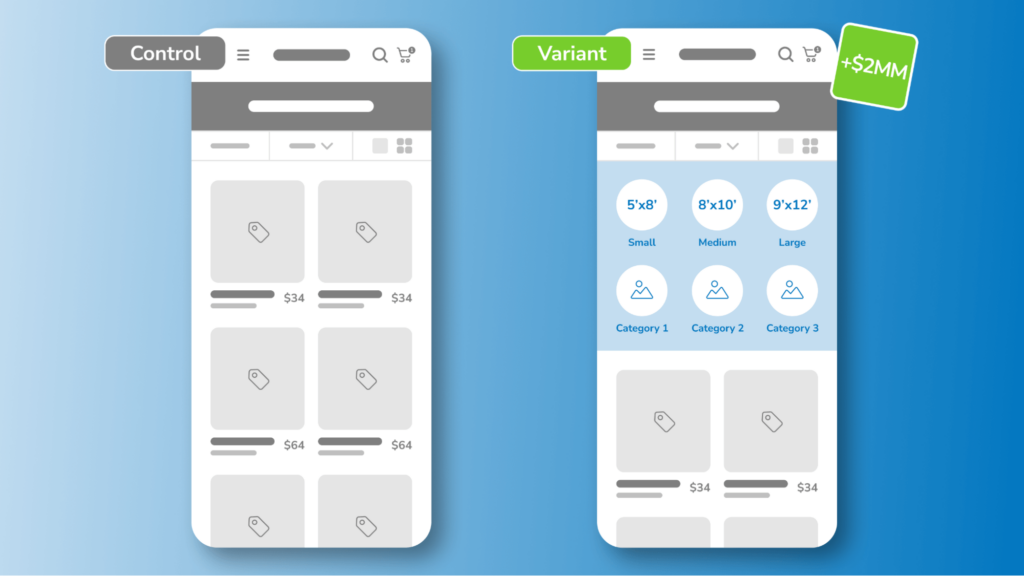
As you design your website, you need to ask: how are users landing there?
Then, cater the on-site experience to them.
Rather than leaving the work to shoppers—make it easier for them to get to the next point in the conversion funnel.
Proper Categorization In The Menu Led To Over $100,000 In Revenue Gains
One ecommerce client came to us with a menu (shown in the control) that listed out items like Shop, Connect, Discover, Rewards, etc.
On top of that, the Shop drop-down listed product categorization with labels like Collections and Themes.
We figured out that this categorization wasn’t clear enough for new visitors. And we had the opportunity to raise awareness of the product catalog by surfacing top categories in the persistent menu nav.
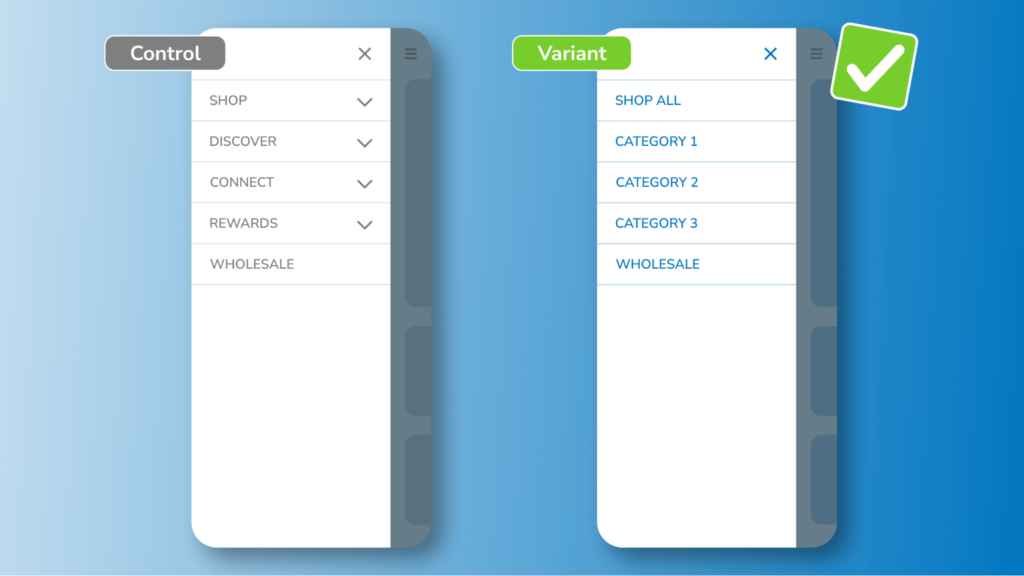
Our hypothesis was right.
Adding top product categories into the top-level menu navigation on desktop and mobile led to better browsing opportunities, product catalog awareness, and ultimately increased transactions.
The variant increased conversion rates over the control, which is predicted to lead to $100,000+ in revenue gains.
The Power of Social Proof Is Undeniable
How often have you clicked on a product link with the intention of purchasing but changed your mind as soon as you saw zero reviews? You’re not alone; around 60% of shoppers take the time to read product reviews before purchasing it.
Social proof ties back to the psychological phenomenon that states people make decisions based on their past experiences and the collective actions of others.
So, seeing positive experiences from past customers helps new shoppers gain more confidence in their future purchases.
Elevated Customer Quotes Result in +19% Conversion Rate
A little bit of social proof can go a long way.
For example, adding customer quotes to the homepage gives shoppers the confidence they need to make a purchasing decision.
Here’s a winning client test that increased both add-to-carts and transactions by elevating customer quotes.
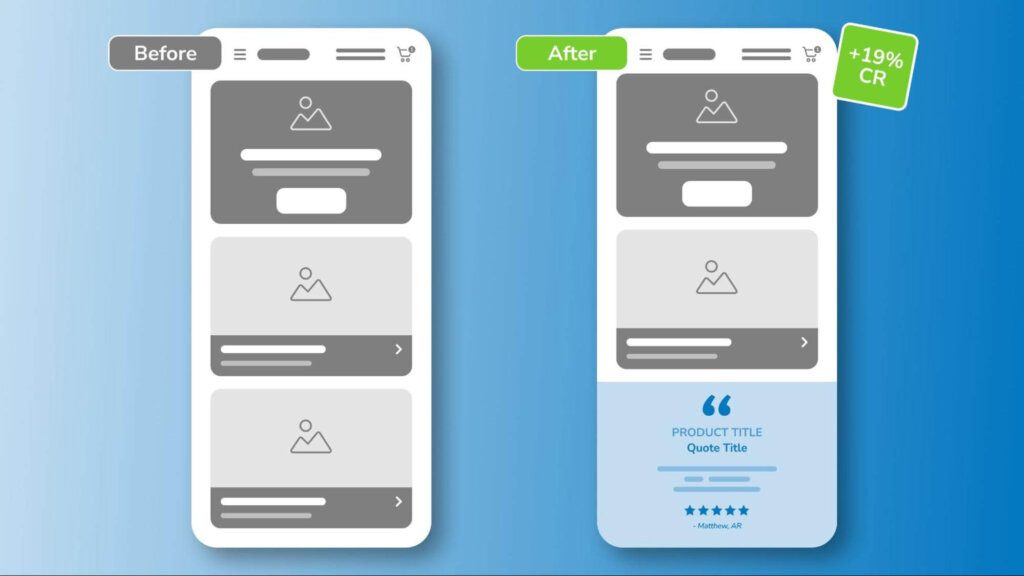
Adding customer reviews not only helps you gain more trust and increase sales, but also contributes to SEO efforts.
Enjoying this article?
Subscribe to our newsletter, Good Question, to get insights like this sent straight to your inbox every week.
Elevated Best Sellers Result In $287,000 Of Additional Revenue
Customers want options…but not too many options.
When faced with too many choices, it can be harder to narrow down what the customer wants, needs, and is ultimately ready to buy. That indecision can cost you sales.
To offer subtle guidance, show what has already sold.
This acts as social proof, which shows your product is worth buying because other people have already bought it.
They don’t have to search around to find the “best” option – they can see it right in front of them.
When customers see “most popular items” on your ecommerce website, they feel more confident in their decisions. Here, also showing reviews turns product interest into a product purchase.
That one change brought in a $287k revenue boost for this client.
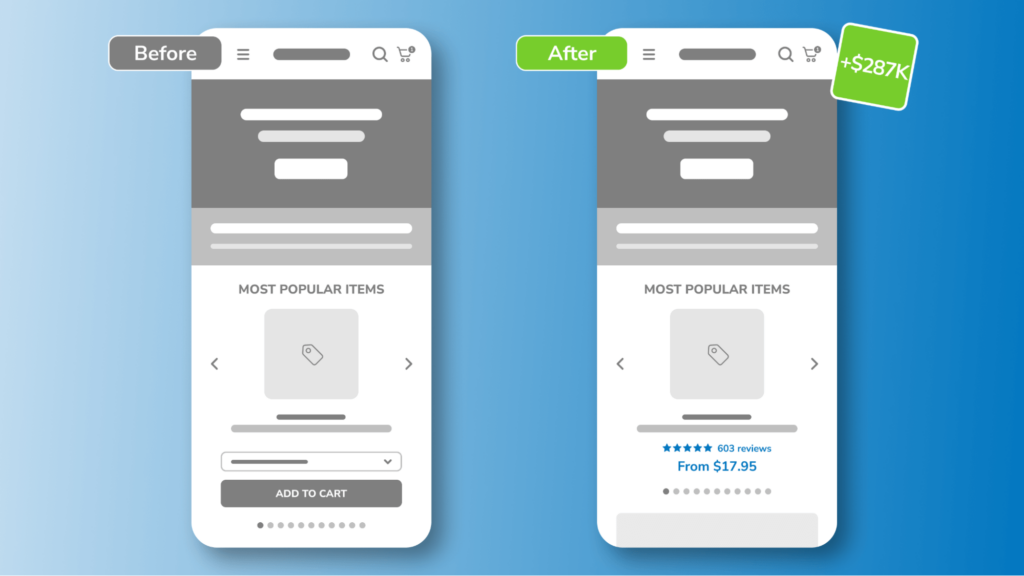
Leveraging Website Copy To Drive Conversions
Visitors on your site are often skimming the written content.
So, you have to ensure your copy concisely gets your point across while focusing on the customer’s needs.
Let’s take a look at that in action.
Including Care Instructions Led To +21% Increase Conversion Rate
Brands that sell hand-crafted, quality goods: this learning is for you!
One of our clients makes specialty craft goods. But missing signifiers led to product price comparisons with sites like Amazon.
The value of the product wasn’t clear.
We hypothesized that along with the already implemented “story” of the product, by adding “care instructions” on product pages, we could portray each item as a special treasure worthy of delicate handling.
In turn, we predicted increased add to carts and purchases.
Here is the test we ran:
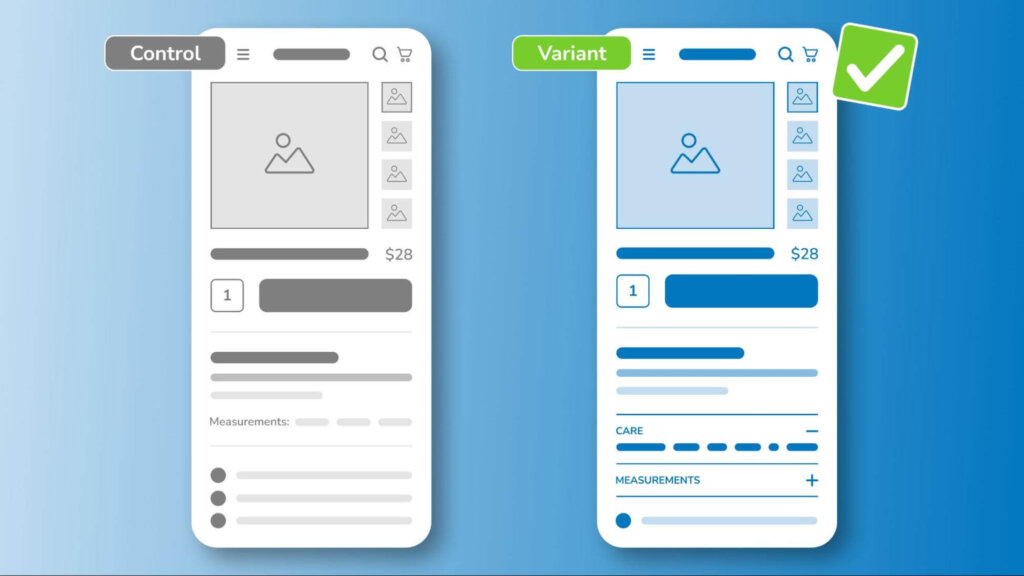
The variant increased the conversion rate by 21%, saw more adds to cart, and increased the average order value.
This is a great, data-backed reminder that your customers won’t automatically know that your product is craft or quality.
You need to SHOW them how it’s different, and adding craft language and care instructions is one way we found that works.
Benefits-Focused Language Led To Over $5 Million
By adding benefits-focused language to long shipping lead times, we increased the likelihood to purchase and helped customers understand what they were waiting for.
The change made $5 MILLION for our client…
From one copy change.
That is the power of iterative optimization.
Small changes can make a big difference. You just won’t know what until you try.
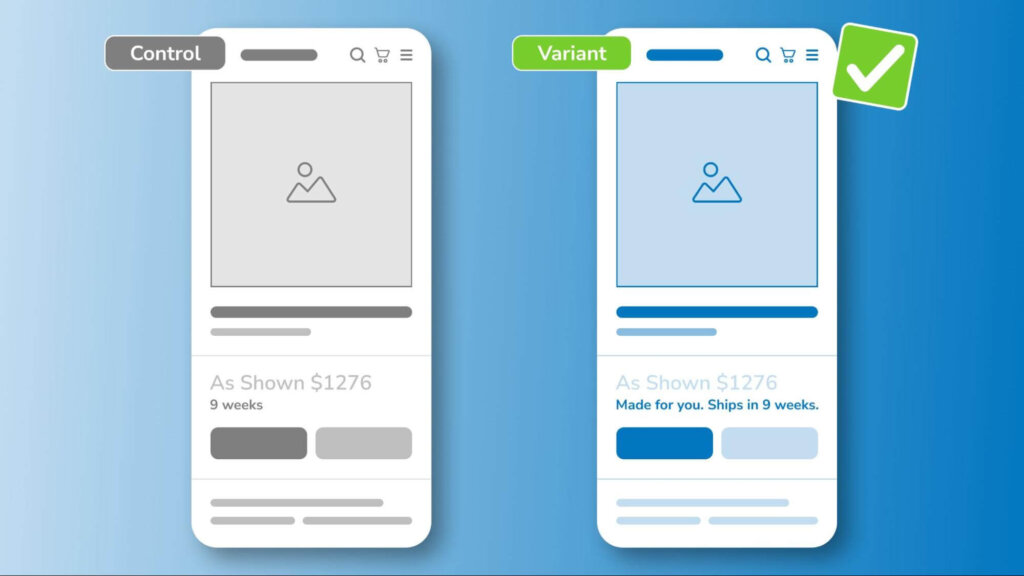
Iterative optimization will generate learnings and drive conversions
While we don’t encourage brands to focus unhealthy amounts of energy on what competitors (or other brands) are doing, there is always something to be learned from a data-backed piece of information, like a winning test.
These are just a few examples of how optimizing your categories, social proof, and website copy can lead to incredible results.
We aim to pass on the lessons we learn from our daily work with clients. What would it do for your bottom-line sales revenue if you could get an uptick in conversion rates like these examples?
We see those things happen regularly. Let us help you do the same. Get in touch with The Good.
Interested in learning the laws of optimization?
Opting In To Optimization is a set of principles that will help digital leaders capitalize on unprecedented market demand and build sustainable, thriving businesses.

About the Author
Jon MacDonald
Jon MacDonald is founder and President of The Good, a digital experience optimization firm that has achieved results for some of the largest companies including Adobe, Nike, Xerox, Verizon, Intel and more. Jon regularly contributes to publications like Entrepreneur and Inc.